AbanteCart
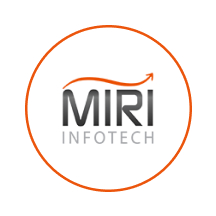

Please feel free to contact us
Go
AbanteCart is an open-source e-commerce platform based on PHP. It is an ideal e-commerce solution for small to medium businesses. It is an open-source eCommerce platform that provides a user-friendly solution for setting up and managing online stores. It is designed to be flexible, scalable, and feature-rich, catering to various business needs.
AbanteCart is a robust and flexible eCommerce solution suitable for businesses of various sizes. With its comprehensive set of features, user-friendly interface, and extensive customization options, it provides a solid platform for creating and managing online stores. Whether you’re a small business owner or an experienced developer, AbanteCart offers tools and resources to build a successful online presence.
You can subscribe to this product from GCP Marketplace and launch an instance from the product’s image using the GCP compute service.
Note: The list of zones is randomized within each region to encourage use across multiple zones.
Create a boot disk no larger than 2 TB to account for the limitations of MBR partitions.
The GCP Console adds a network tag to your instance and creates the corresponding ingress firewall rule that allows all incoming traffic on tcp:80 (HTTP) or tcp:443 (HTTPS). The network tag associates the firewall rule with the instance. For more information, see Firewall Rules Overview in the Virtual Private Cloud documentation.
Step 1: Do SSH to virtual machine
Step 2: Use the following Linux command to start Abante Cart.
$ sudo su
Step 3: Open a browser and go to http://public-ip/ to view your new Abante Cart project.
After opening your site in a web browser, you should be redirected to the following page.
Step 4: Visit your domain name in your web browser to start the installation wizard.
The AbanteCart license page is displayed. Agree to the license, then continue with the setup process.
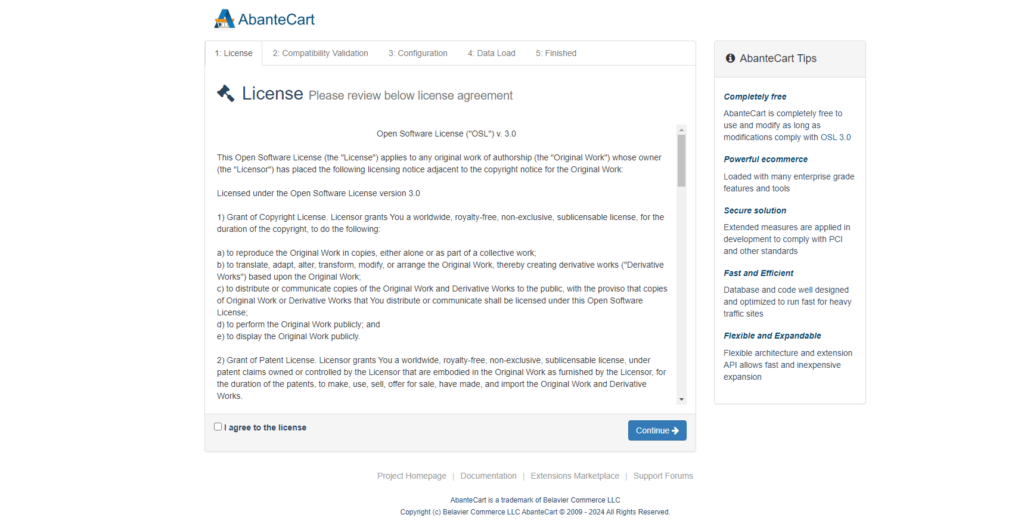
Step 5: A compatibility check will run. If required packages and PHP extensions are installed, and AbanteCart can write to your Webroot directory, it will create a new configuration file to store your database settings.
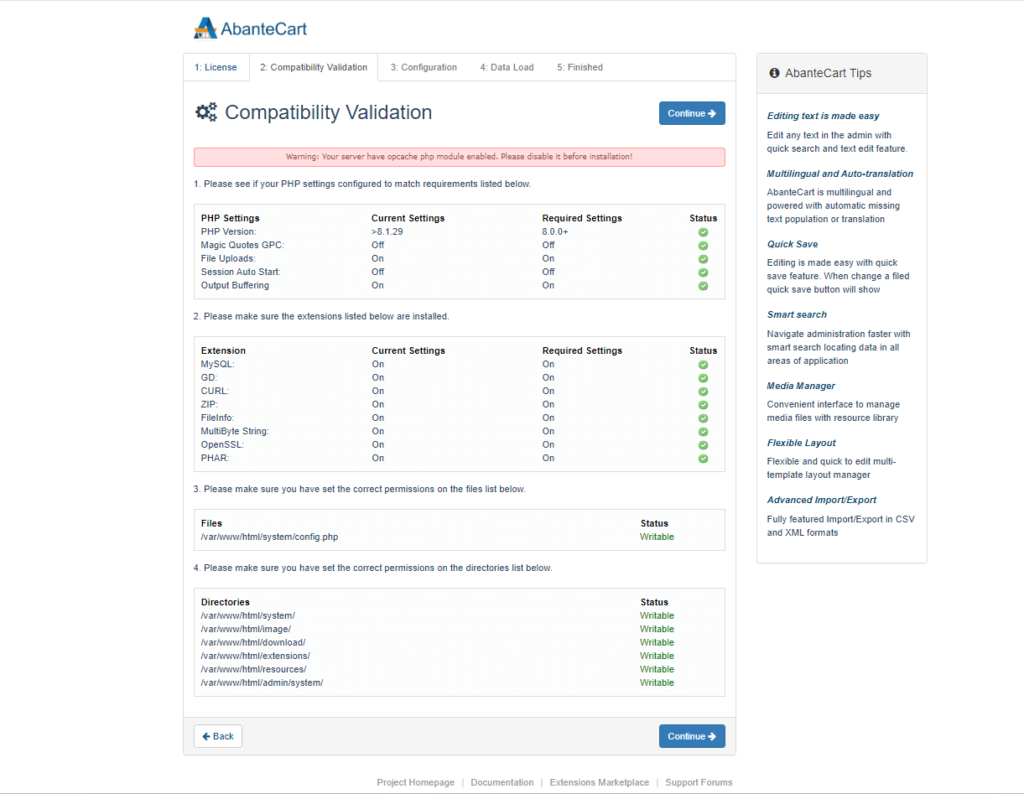
Step 6: Enter the database name, username, and password created. As well, select MySQLi as the database driver and localhost as the hostname.
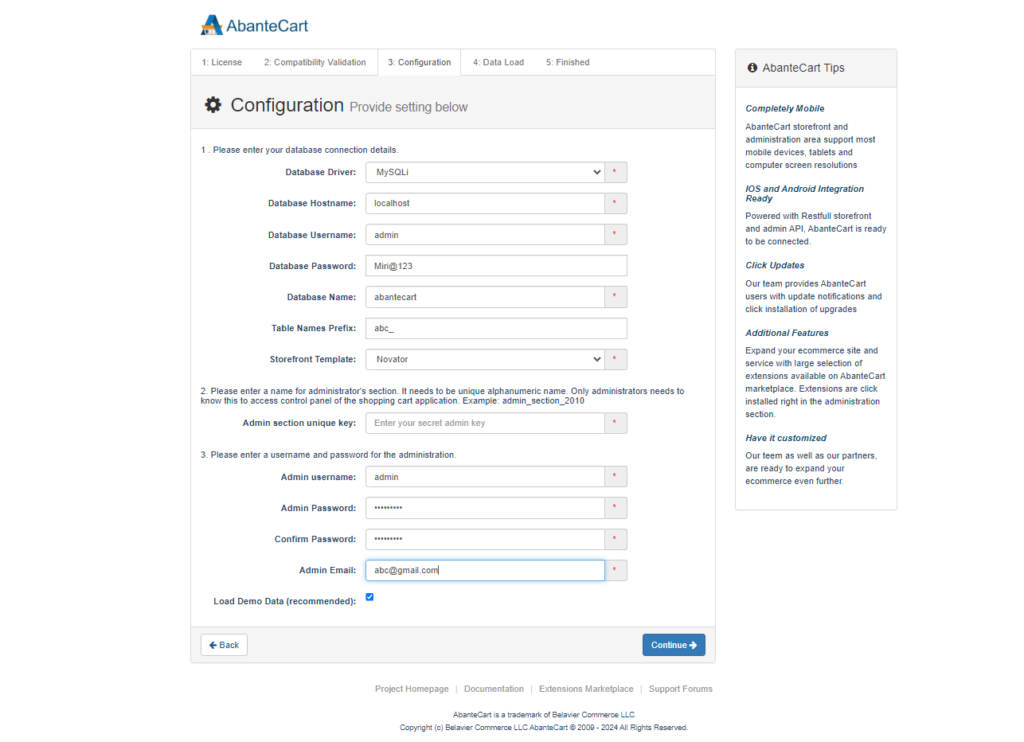
Step 7: Enter the database settings in the provided fields and click Continue
Database type: MYSQLi
Database Hostname: localhost
Database username: root
Database name: abantecart
Password: Admin@123
Admin Name: admin
Admin Password: Admin@123
Step 8: Congratulations! You have successfully installed AbanteCart eCommerce application. See access to your storefront and control panel sections below. Bookmark or remember your control panel link and keep it safe.
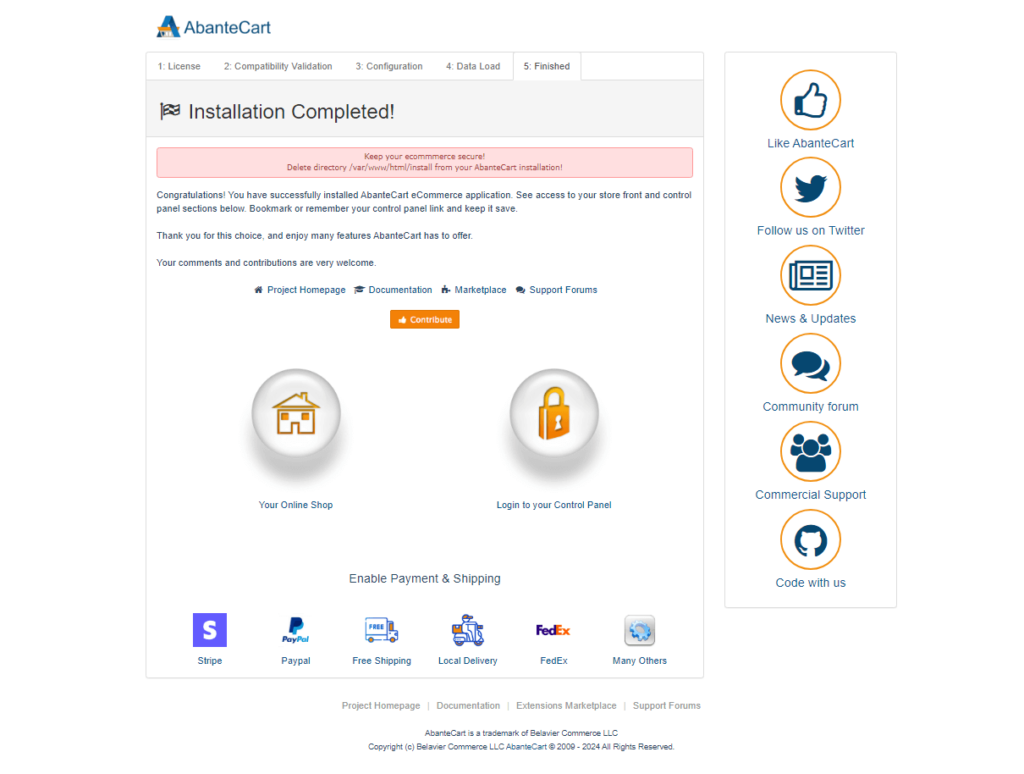
Step 9: Click on the Your Online Shop Logo.
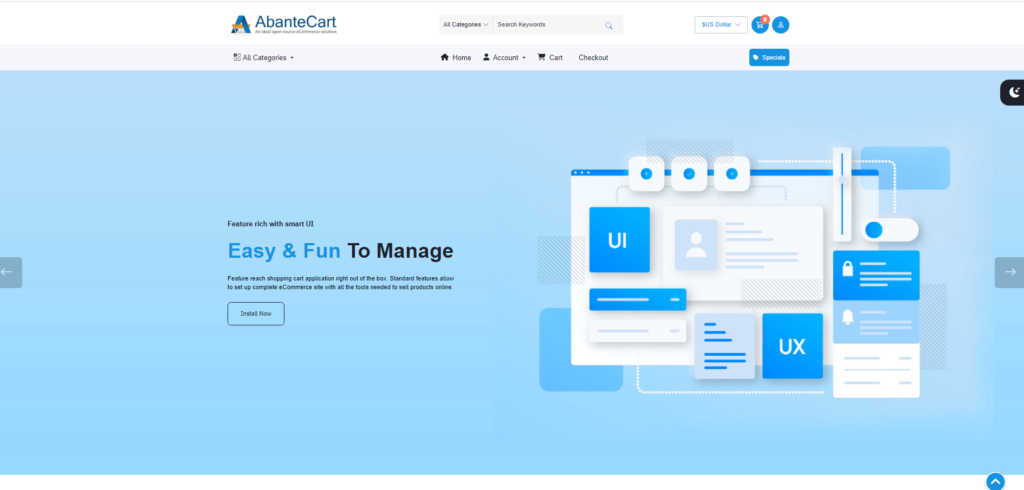
All your queries are important to us. Please feel free to connect.
24X7 support provided for all the customers.
We are happy to help you.
Submit your Query: https://miritech.com/contact-us/
Contact Numbers:
Contact E-mail:
Today, people have very less time to purchase items, by going to physical stores. They prefer to browse their mobile devices or PC and shop online. Having an ecommerce site for your business will help you to capture this market base and keep your customers informed about all your latest products and services.
Ecommerce website owners should always keep in mind the three dimensions of security – confidentiality, integrity and availability. Business owners should develop a good strategy that can help to make the site and transactions secured. To avoid any hackers gain access to important confidential data, include encryption methods for any data transactions
No, as such there are no limits on the size. The biggest benefit of having an online store is that you can add unlimited products and catalogues and at the same time you can grow your customer base as you require.
If you are a non-tech, fully hosted solutions are ideal for you but if you want more flexibility you can opt for self hosted solutions.
All online sellers need GST number for selling taxable items. Rules are strict and you should not sell without it. Penalty is heavy if you’re caught. Moreover, marketplaces won’t allow you to register as sellers without GST number for selling taxable items.
For selling branded products, some companies require merchants to get authorization to sell online and that is brand authorization. But, if you have a purchase invoice, you may not require brand authorization.
User-Friendly Interface
Comprehensive Product Management
Efficient Customer Management
Robust Marketing Tools
Responsive Design and Customization
 AbanteCart
AbanteCart  php
php  apache
apache  mysql
mysql  linux
linux  composer
composer